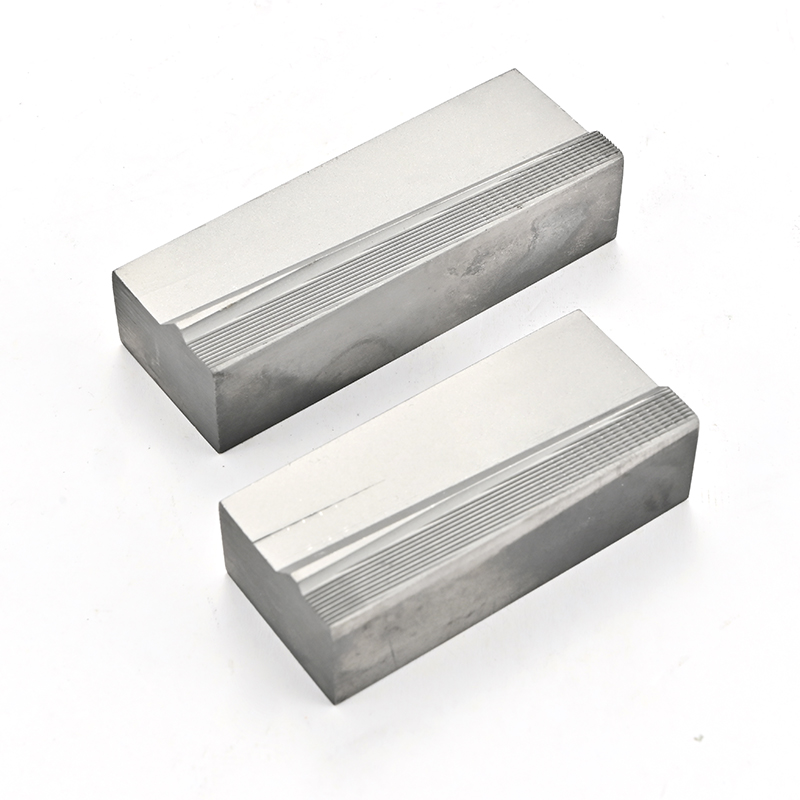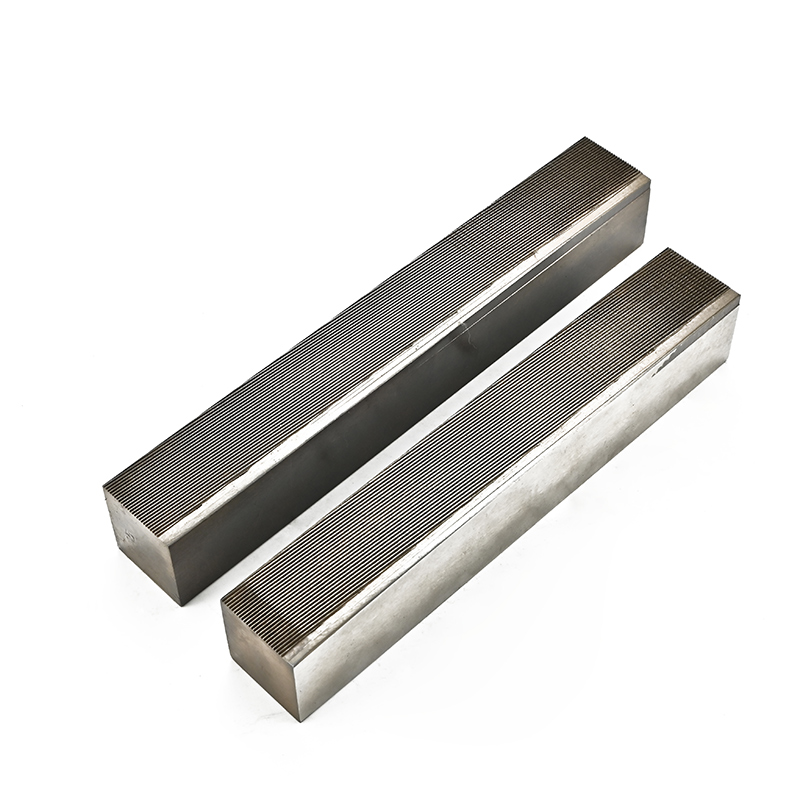The thread rolling die is an important tool used in the thread rolling process.
They play a vital role in thread forming and shaping of a variety of materials, including metals and plastics. In this article, we will explore the intricacies of thread rolling die manufacturing and the specifications that contribute to its quality and effectiveness.
Thread rolling dies are made from high-quality materials, usually durable hardened tool steel. This ensures that the mold can withstand the intense pressure and constant wear during thread rolling. Material selection is crucial, as it directly affects the service life and performance of the mold.

The manufacturing process of thread rolling dies usually involves several steps.
First, precision machinery is used to cut the mold blank into the desired size and shape. These blanks are then heat treated to harden the surface, increasing its strength and wear resistance. The heat treatment process involves heating the blank to a specific temperature and then rapidly cooling it to form a hardened structure.
After the blank has been heat treated, the next step is to grind the thread geometry onto the mold surface. This is a critical process because the accuracy and precision of the thread geometry directly affects the quality of the formed thread. The thread profile is precisely ground into the mold surface using an advanced CNC grinder.
Thread rolling dies are available in a variety of sizes to accommodate different thread sizes and profiles. These specifications are based on specific application requirements. For external thread rolling, specifications include major diameter, pitch, and thread shape. Internal thread rolling specifications include small diameter, medium diameter and thread shape. Thread rolling dies of appropriate specifications must be selected to ensure accurate thread formation.

In addition to the thread rolling die itself, thread rolling equipment also plays a vital role in the entire process. The equipment consists of a thread rolling machine that holds and rotates the workpiece as threads are formed in the thread rolling die. The die head that fixes the thread rolling die is an important part of the equipment. It must be precisely aligned with the workpiece to ensure accurate thread formation.
Thread rolling dies are manufactured by professional companies with the expertise and equipment required to produce high-quality dies. These companies follow strict quality control procedures to ensure that each mold meets specified requirements and tolerances. Regular maintenance and regrinding of thread rolling dies is necessary to maintain their performance and extend their service life.
Post time: Oct-13-2023



